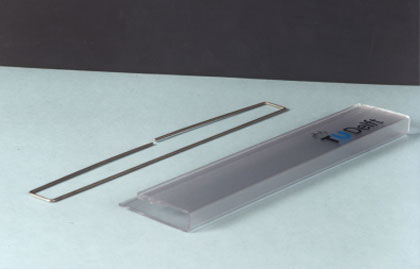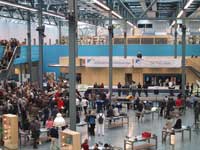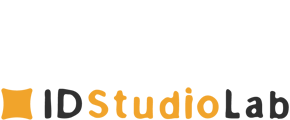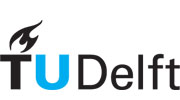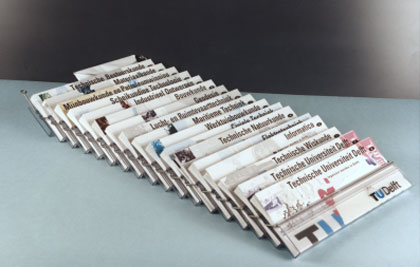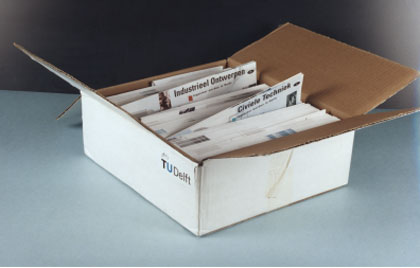Curriculum Vitae
What a fountain of pleasure, life fullfillment & cool finding at the end of my teens: the existence of an education and prospect of a professional life: Industrial Design (A.I.V.E., 1965-70). This after drinking in architectural and building skills at craftsman level and civil engineering in technical educations. After that I designed office separation walls (Reppisch Werke, Zürich, CH, 1963-64) and artfully sculpted clay for monumental art in public space (Porceleyne Fles Koninklijke Aardewerkfabriek, Delft, 1964-65). And all this after one of my grandfathers moulded glass near St Petersburg while the other sold lubricants in the Rotterdam harbour. For the combination of technical, artistic and humanistic insight I am indebted to my parents. After my studies and next to graphics-, textile-, commercial design and model making I took up furniture design, as any designer does and should do, working with Arnold Merkx (FRISTHO, Heerlen, 1972).
During the last year of my own design education I discovered another passion, that for educating design students. So I began teaching at Delft University of Technology in 1973 up until now, starting with Wim Crouwel and Emile Truijen and from 1983 with Gerda Smets until 2000 and with Kees Overbeeke to 2002; the last two gave, from a Leuven experimental Psychology education a scientific basis to the formgiving research and education in the faculty by introducing ecological or direct perception to wich I contributed by several publications (see publications). The last one on the subject of the design of a virtual Natural Hand Model, it started as part of the doctoral thesis of Caroline Hummels (2000) and was publicized early in 2008.
Since the beginning of my career at TUDelft I was educating freshmen, learning them the basics of Industrial Design and, in the same time, I was tutoring in graduation projects that ran from surgical aids that help precise implementation of knee prostheses (Pfizer) to Solar round-trip boats (Province of Friesland). So the last years I was also tutoring Masters students that explore and research the interactions of their designs with users and environment within themes like "Fear" or "Waiting" (for prof. dr. Paul Hekkert) to choose from and to explore by the students themselves; a programme well designed by dr. Caroline Hummels. Together with Pieter Jan Stappers I have publicized on generative simulation in the design process that has product use as a main point of interest. This paper was also based on tutoring Bachelor students to think, do, experience and propose in physical 1:1 models the simulation of rituals in their assignments. I also did Design freshmen experience the simulation of different users scenarios (also inspired by dr. C. Hummels) by having them confront their scenarios with a 1:1 scale prototype of their "Health-point" end of year assignment ('05/'06). This subject (brought forward a.o. by K. Kornmann) was prompted by the rising social, medical and economical problem of obesity in the western world. As an up-dated digital version it is historically linked to the one-dime weighing scales that, in my youth, could be found in public spaces.
Next to that the sensation of Painting, Photography, Motion Pictures and the Public Arts of Architecture and Car Body Design had and have my undivided appreciation. The realization of all this creativity makes the world visible, understandable in a passive way and it shapes it actively in the same time!
For reasons of sustainability I, already since 1970, do not own a car, but I appreciate the designs of cars as those are the up-to-date version of Alexander Moore's and Barbara Hepworth's abstract sculptures from the 1960's. And it is not astonishing that another important aspect of Design and Perception, unseparable from Shape: Colour gets my special attention.
As I also felt the need to make my professional intentions towards education- and research to the managerial use of the faculty community I was since 1973 chosen two times in the Faculty Board to spend a period of democratic governing and since May 2006 until my retirement 1st of June 2008 I was a member of the ID Faculty Advisory Board.
Next to teaching Industrial Design I founded the design bureau '2D3D' in 1977 that soon developed into a well known Dutch Design bureau but mainly for Graphics Design. Reason for this is that I left the partnership to give full attention to "Delft", while keeping an advisor-ship at 2D3D.
The advisor-ship turned out to be useful as in 1993 the bureau was - without my knowledge - confronted with a typical Industrial Design problem by ...Delft University of Technology...: "How to send and present all TUD Faculty brochures to College deans and potential TUD students". As from my leave in 1979 the Industrial Design capacity of the bureau was low and so my advisor-ship for the bureau turned into R & D by developing the foldable (and expandable) brochure rack that is shown in the next pictures.
|
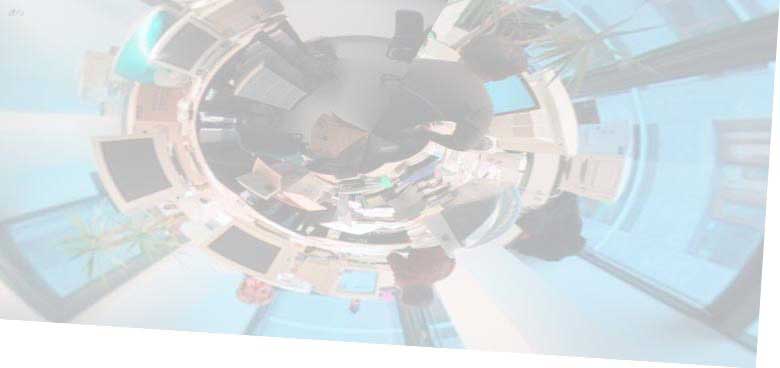
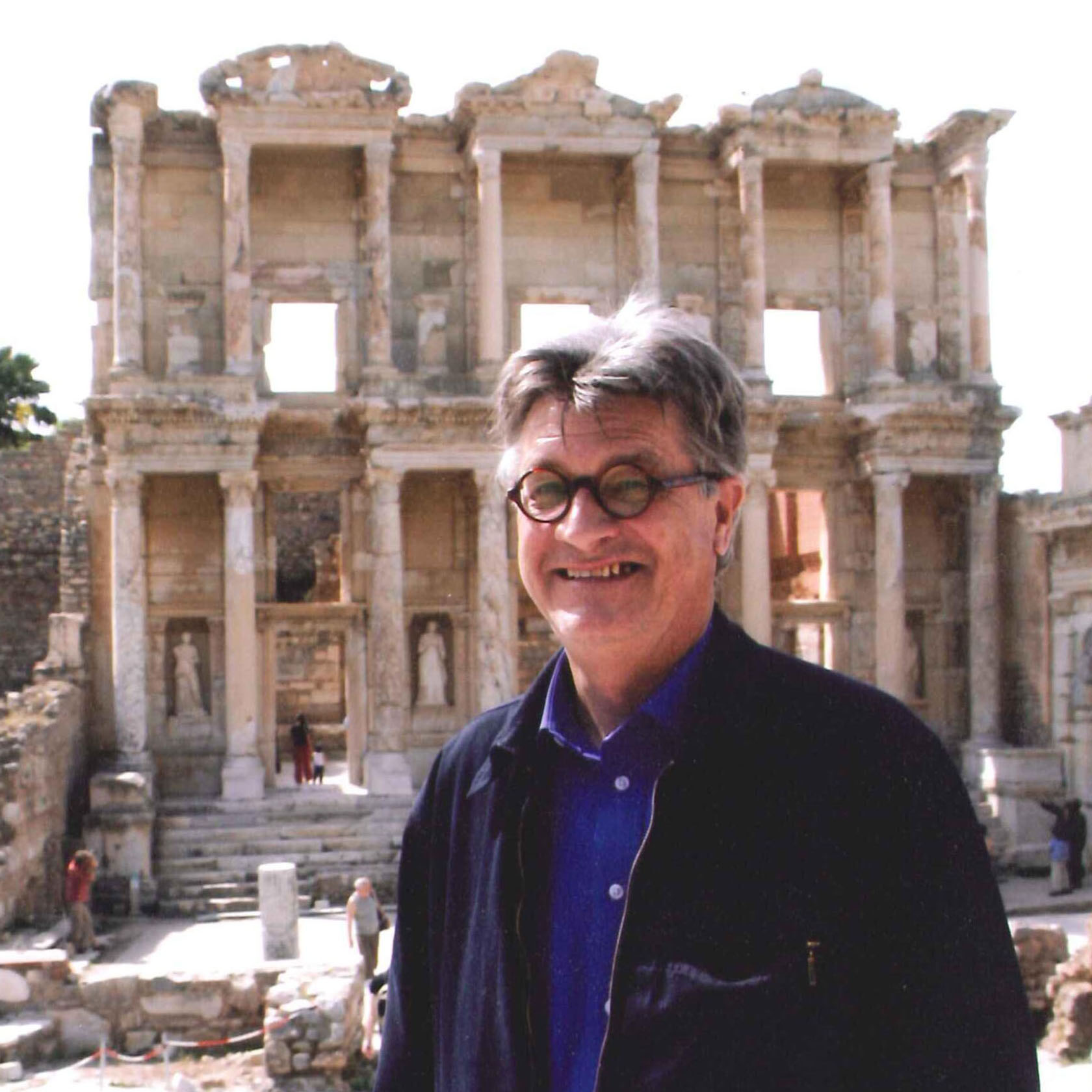 >
>
